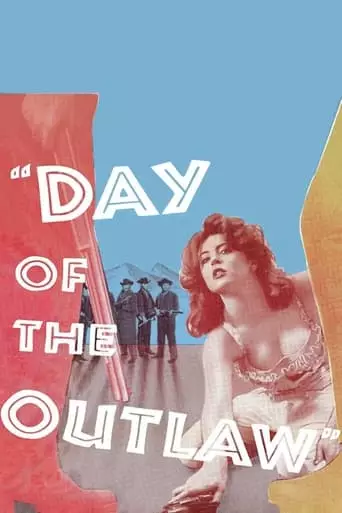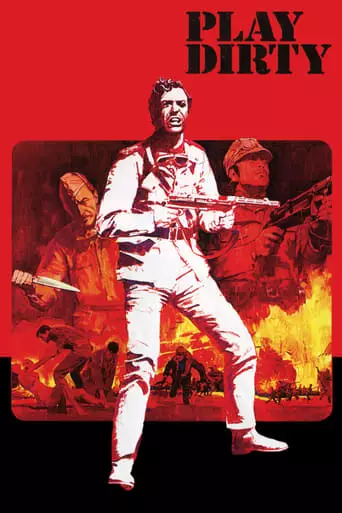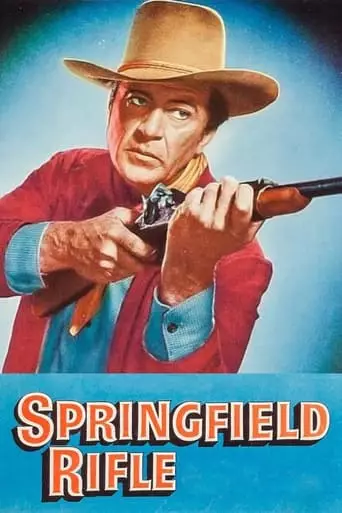Blaise Starrett is a rancher at odds with homesteaders when outlaws hold up the small town. The outlaws are held in check only by their notorious leader, but he is […]

Blaise Starrett is a rancher at odds with homesteaders when outlaws hold up the small town. The outlaws are held in check only by their notorious leader, but he is […]

During World War II in North Africa, a group of British commandos disguised as Italian soldiers must travel behind enemy lines and destroy a vital Nazi oil depot.

Reformed parolee Steve Lacey is caught in the middle when a wounded former cellmate seeks him out for shelter. The other two former cellmates then attempt to force him into […]

A small rancher is being harassed by his mighty and powerful neighbor. When the neighbor even hires gunmen to intimidate him he has to defend himself and his property by […]

Major Lex Kearney, dishonourably discharged from the army for cowardice in battle, volunteers to go undercover to try to prevent raids against shipments of horses desperately needed for the Union […]
André De Toth: A Master of Genre Cinema and Cinematic Innovation
André De Toth was a Hungarian-American filmmaker whose career spanned several decades, with a particular focus on genre films such as westerns, crime dramas, and thrillers. Though his name may not be as widely recognized as some of his contemporaries, De Toth’s contributions to cinema—particularly in terms of his technical innovation, his storytelling prowess, and his ability to work within the constraints of Hollywood’s studio system—have left a lasting legacy in the history of film.
Early Life and Career Beginnings
André De Toth was born on May 15, 1913, in Budapest, Hungary, to a family with a background in the arts. His father was a well-known sculptor, and De Toth developed an early interest in visual storytelling. After studying law and architecture, De Toth moved to Paris, where he worked as a screenwriter and assistant director. His time in Europe exposed him to a variety of cinematic styles, including the works of German Expressionist filmmakers, which would later influence his own work.
In the late 1930s, De Toth moved to the United States, where he continued to pursue a career in film. He initially worked as a screenwriter, collaborating on several films in Hollywood. By the early 1940s, De Toth began directing his own films, focusing on low-budget B-movies that were produced quickly and efficiently. Despite the limited resources, De Toth’s creative vision and technical expertise allowed him to stand out in an industry dominated by larger, more expensive productions.
Breakthrough and Notable Films
De Toth’s career took a significant leap forward in the 1950s, when he began directing a series of highly regarded films in a variety of genres. His versatility as a director allowed him to tackle different kinds of stories, from noir thrillers to westerns to horror films. Some of his most notable works from this period include:
House of Wax (1953): One of De Toth’s most famous films, House of Wax was a groundbreaking horror film that helped popularize the use of 3D technology in cinema. The film, starring Vincent Price, is about a mad sculptor who creates lifelike wax figures of famous historical figures and uses real human corpses as his models. House of Wax was a major commercial success and is still remembered for its innovative use of 3D, which added depth and dimension to the film’s macabre subject matter. De Toth’s skillful direction and his ability to create suspense in a visually striking way helped make the film a classic of the horror genre.
The Gunfighter (1950): A highly regarded western, The Gunfighter stars Gregory Peck as a legendary gunslinger who is trying to escape his violent past. The film is notable for its nuanced portrayal of the western hero and its exploration of the consequences of fame and violence. De Toth’s direction in The Gunfighter was praised for its realistic and introspective take on the genre, marking a departure from the more traditional, action-packed westerns of the time. The film’s mature themes and focus on character development set it apart from other films of its kind.
Pitfall (1948): A film noir, Pitfall is about a married man who becomes entangled in a dangerous affair with a woman who is involved in a criminal scheme. The film explores themes of temptation, guilt, and moral compromise, and De Toth’s direction was praised for its tight pacing, atmospheric visuals, and strong performances. Pitfall is considered one of the best examples of noir filmmaking from the late 1940s and remains a cult favorite among fans of the genre.
Day of the Outlaw (1959): Another standout western, Day of the Outlaw stars Robert Ryan as a rancher who must contend with a group of outlaws led by Burl Ives. The film is notable for its stark, atmospheric cinematography and its examination of the complex relationships between the characters. De Toth’s direction was lauded for its ability to convey the harshness of the western landscape and the tension between the characters. Day of the Outlaw is often regarded as one of the most underrated westerns of its era.
The Indian Fighter (1955): A western starring Kirk Douglas, The Indian Fighter is set in the 19th century and follows a frontiersman who becomes involved in a conflict between Native American tribes and the U.S. military. The film explores themes of cultural clash, loyalty, and survival, and De Toth’s direction was praised for its strong action sequences and its portrayal of the American frontier.
Cinematic Innovation and Technical Mastery
One of the defining features of De Toth’s career was his ability to push the boundaries of cinematic technology. His work in 3D filmmaking, particularly with House of Wax, was a major achievement in the history of film. At the time, 3D technology was in its infancy, and many filmmakers were skeptical about its potential. However, De Toth embraced the technology and used it to enhance the visual impact of his films, creating a more immersive experience for audiences.
De Toth’s use of 3D in House of Wax was groundbreaking in that it wasn’t just a gimmick but an integral part of the storytelling. The use of depth in the film helped create a sense of space and tension, adding to the horror elements of the story. De Toth’s mastery of the medium helped establish him as one of the most innovative directors of his time.
In addition to his work with 3D, De Toth was also known for his use of widescreen cinematography. He often employed wide shots to emphasize the vastness of the landscapes in his westerns and the isolation of his characters. His ability to compose shots that were visually striking while also serving the narrative was a key element of his filmmaking style.
Later Career and Legacy
As the 1960s and 1970s arrived, De Toth’s career began to slow down, and he moved into television work. While he continued to direct films, many of his later projects were less well-known and did not achieve the same level of success as his earlier work. However, his influence on genre filmmaking remained strong, and his technical innovations continued to be admired by filmmakers.
Despite the decline in his output during his later years, De Toth’s legacy as a master of genre cinema remains intact. His films, particularly his work in horror, westerns, and film noir, have influenced countless directors and continue to be celebrated by cinephiles and genre enthusiasts.
Conclusion
André De Toth may not be a household name, but his contributions to the world of cinema have had a lasting impact. His work as a director, particularly in the genres of horror, westerns, and film noir, helped shape the landscape of 20th-century filmmaking. Known for his technical innovation, his nuanced approach to storytelling, and his ability to work within the constraints of the Hollywood system, De Toth remains a significant figure in the history of cinema. His films continue to be studied and appreciated by filmmakers and audiences alike, ensuring that his legacy endures.